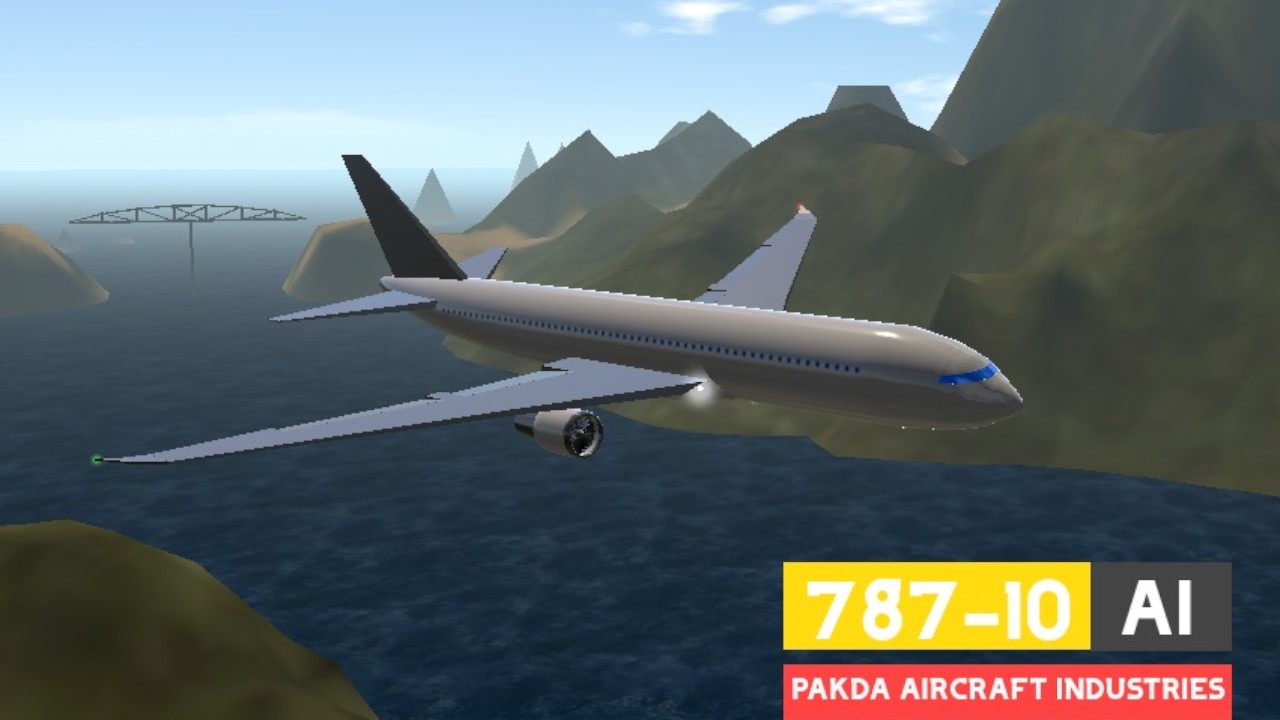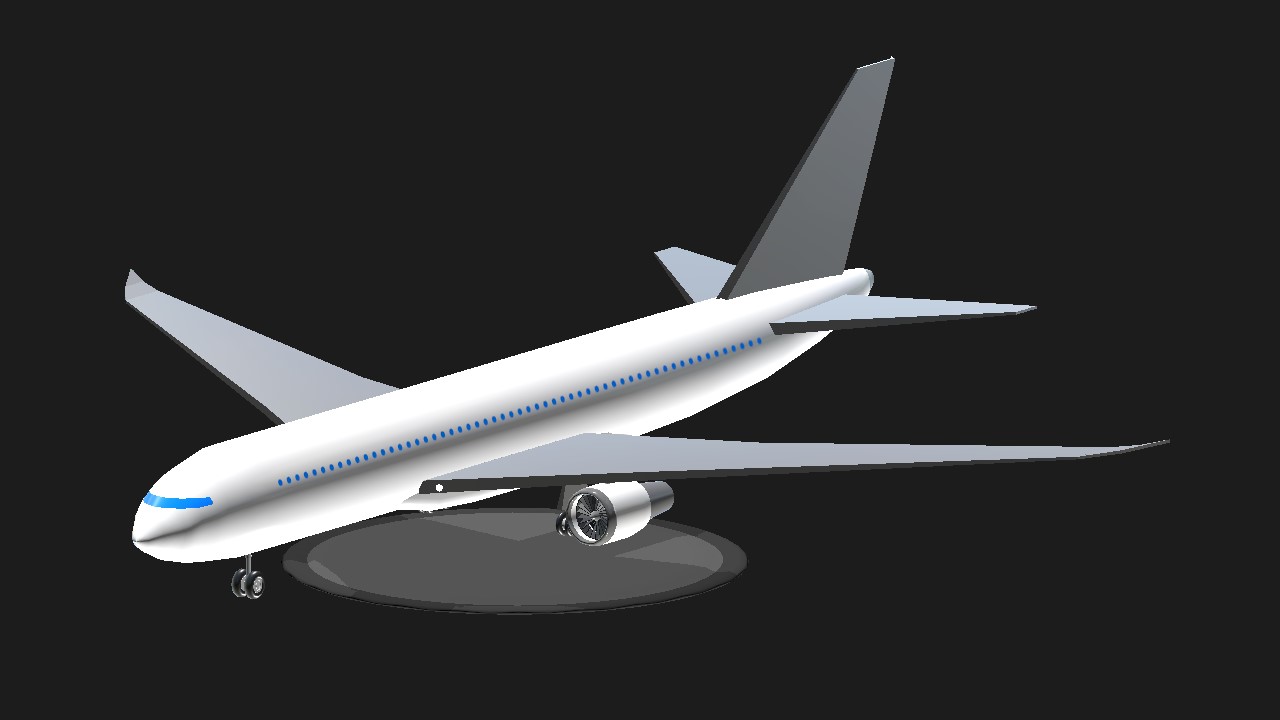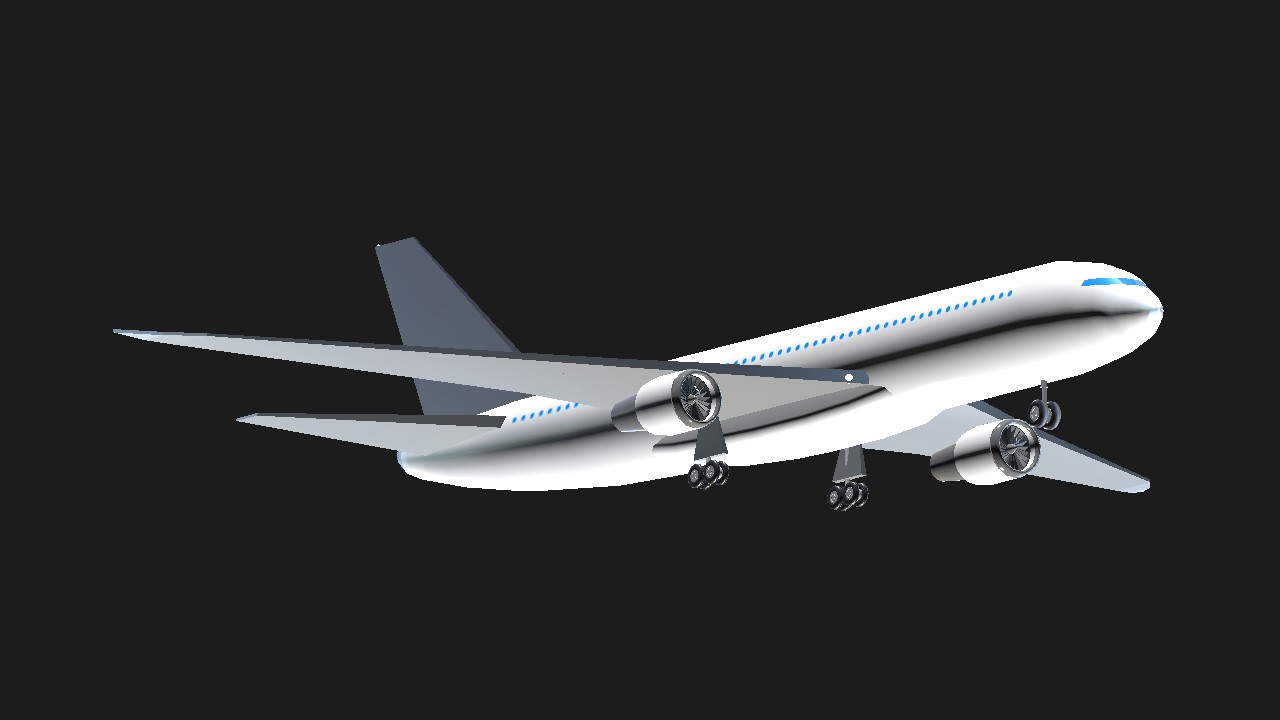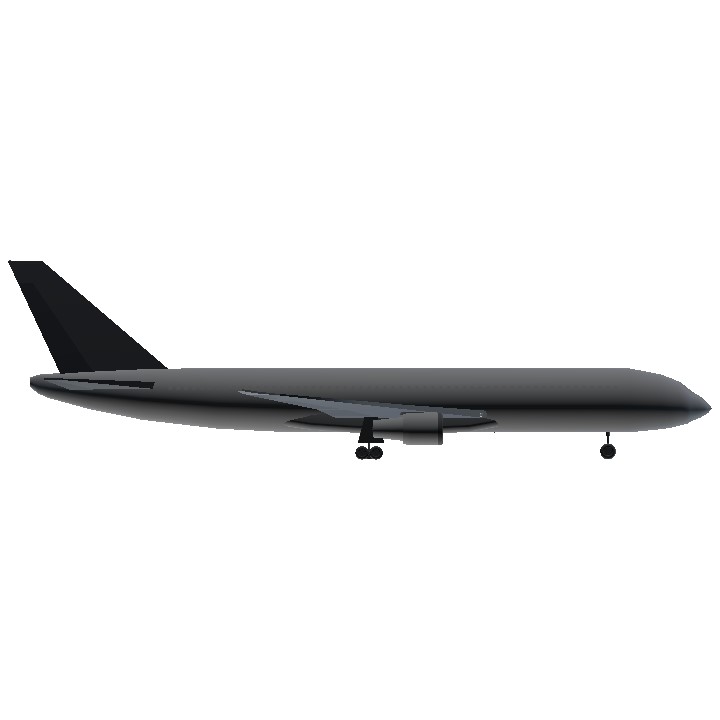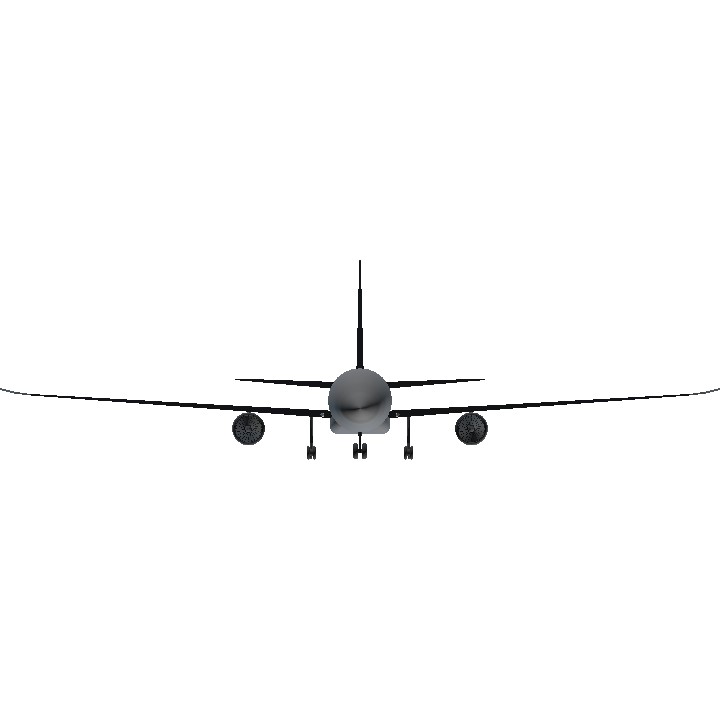Introduction :
The Boeing 787 Dreamliner is an American wide-body airliner developed and manufactured by Boeing Commercial Airplanes. After dropping its unconventional Sonic Cruiser project, Boeing announced the conventional 7E7 on January 29, 2003, which focused largely on efficiency. The program was launched on April 26, 2004, with an order for 50 aircraft from All Nippon Airways (ANA), targeting a 2008 introduction. On July 8, 2007, a prototype 787 without major operating systems was rolled out; subsequently the aircraft experienced multiple delays, until its maiden flight on December 15, 2009. Type certification was received in August 2011, and the first 787-8 was delivered in September 2011 before entering commercial service on October 26, 2011, with ANA.
At launch, Boeing targeted the 787 with 20% less fuel burn than replaced aircraft like the Boeing 767, carrying 200 to 300 passengers on point-to-point routes up to 8,500 nautical miles [nmi] (15,700 km; 9,800 mi), a shift from hub-and-spoke travel. The twinjet is powered by General Electric GEnx or Rolls-Royce Trent 1000 high-bypass turbofans. It is the first airliner with an airframe primarily made of composite materials and makes greater use of electrical systems. Externally, it is recognizable by its four-window cockpit, raked wingtips, and noise-reducing chevrons on its engine nacelles. Development and production rely on subcontractors around the world more than for previous Boeing aircraft. Since March 2021 final assembly has been at the Boeing South Carolina factory; it was formerly in the Boeing Everett Factory in Washington.
The initial 186-foot-long (57 m) 787-8 typically seats 248 passengers over a range of 7,305 nmi (13,529 km; 8,406 mi), with a 502,500 lb (227.9 t) MTOW compared to 560,000 lb (250 t) for later variants. The stretched 787-9, 206 ft (63 m) long, can fly 7,565 nmi (14,010 km; 8,706 mi) with 296 passengers; it entered service on August 7, 2014, with All Nippon Airways. The further stretched 787-10, 224 ft (68 m) long, seating 336 over 6,330 nmi (11,720 km; 7,280 mi), entered service with Singapore Airlines on April 3, 2018.
Early 787 operations encountered several problems caused mainly by its lithium-ion batteries, including fires onboard some aircraft. In January 2013, the U.S. FAA grounded all 787s until it approved the revised battery design in April 2013. Significant quality control issues from 2019 onward caused a production slowdown and, from January 2021 until August 2022, an almost total cessation of deliveries. Boeing has spent $32 billion on the program; estimates for the number of aircraft sales needed to break even vary between 1,300 and 2,000. As of November 2024, the 787 program has received 1,937 orders and made 1,152 deliveries with no fatalities and no hull losses.
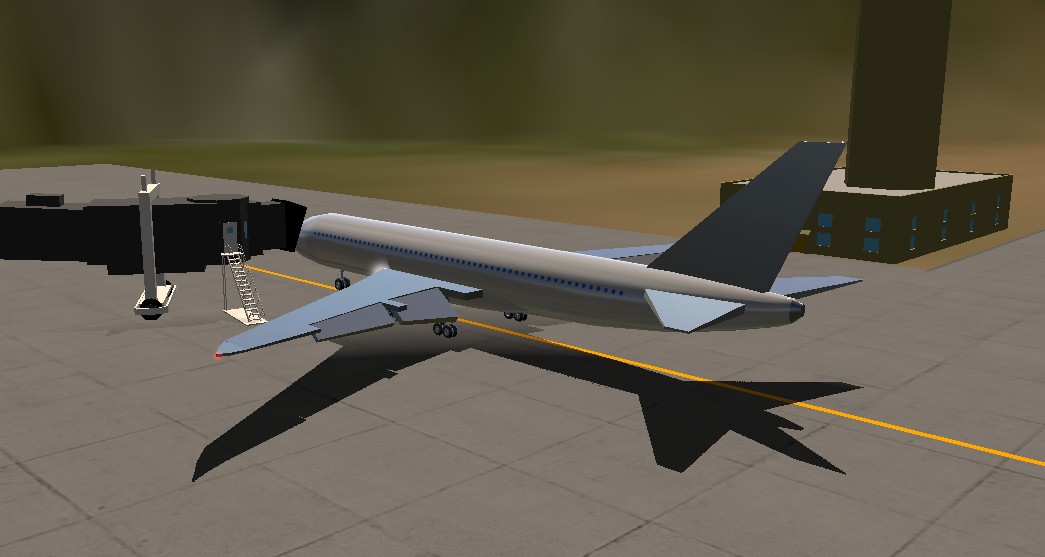
Variants :
787-8
The shortest Dreamliner variant, the 787-8 was the first variant to fly in December 2009, then the longer 787-9 in September 2013, followed by the longest variant, the 787-10, in March 2017. These variants are called B788, B789, and B78X, respectively in the list of ICAO aircraft type designators.[320] The short-range 787-3 was canceled in 2010.
With a typical capacity of 248 passengers and a range of 7,305 nautical miles (13,529 km; 8,406 mi), the -8 is the base model of the 787 family and was the first to enter service in 2011.[229] The 787-8 is targeted to replace the Boeing 767-200ER and Airbus A330-200, as well as expand into new non-stop markets where larger planes would not be economically viable.[321] As of January 2023, approximately 26% of 787 orders are for the 787-8 with 386 delivered.
In 2018, Boeing said it would change the -8 manufacturing to raise its commonality with the -9 above the current 30% to be more like the 95% commonality between the -9 and -10, as it will benefit from learning from those.[322] When it was launched, a new 787-8 was to cost only slightly more than the 767-300ER, valued new for $85 million at its 1990s peak, but it ended being 20% more costly.[323] It competes with the Airbus A330-800.[citation needed]
787-9
Keeping the same wingspan as the 787-8, the 787-9 is a lengthened and strengthened variant with a 20 feet (6.1 m) longer fuselage and a 54,500 pounds (24,700 kg) higher maximum take-off weight (MTOW), seating 296 passengers in a typical two-class cabin configuration over a 7,565 nautical miles (8,706 mi; 14,010 km) range.[229] It features active boundary-layer control on the tail surfaces, reducing drag.[324] The 787-9 is targeted to replace the Boeing 767-300ER and Airbus A330-300. It competes with the Airbus A330-900.
In 2005, the entry into service (EIS) was planned for 2010. The firm configuration was finalized on July 1, 2010.[325] By October 2011, deliveries were scheduled to begin in 2014.[326]
The prototype 787-9 made its maiden flight from Paine Field on September 17, 2013.[327] By November 8, 2013, it had flown 141 hours.[328] A 787-9 was on static display at the 2014 Farnborough Air Show prior to first delivery.[329] On July 8, 2014, Launch customer Air New Zealand took its first 787-9, in a distinctive black livery in a ceremony at Paine Field.[330] The first revenue service was operated by All Nippon Airways on August 7, 2014.[citation needed] Air New Zealand operting its first commercial flight from Auckland to Sydney on August 9, 2014.[331]
The 787-9 was to begin commercial service with All Nippon Airways on August 7, 2014.[332] United Airlines was to start the longest nonstop scheduled 787 service between Los Angeles and Melbourne in October 2014.[333] Air China started a 787-9 route between Beijing and Chengdu in May 2016.[334] As of January 2023, 63% of all 787 orders are for the 787-9, with 580 deliveries. A 2014 787-9 leased for $1.05 million per month, and fell to $925,000 per month in 2018.[335]
The 20-foot (6.1 m) stretch was achieved by adding 10-foot (3.0 m) (five-frame) extensions forward and aft of the wing. The 787-8 and 787-9 have 50% commonality: the wing, fuselage and systems of the 787-8 had required radical revision to achieve the payload-range goals of the 787-9. Following a major revamp of the original 787-8 wing, the latest configuration for the 787-9 and -10 is the fourth design evolution.[336]
On March 25, 2018, a Qantas 787-9 completed the first scheduled non-stop flight between Australia and the UK flying seventeen hours from Perth to London Heathrow.[337] On October 20, 2019, a Qantas 787-9 was flight tested from New York to Sydney with a restricted payload. A team of researchers monitored passengers and crew to investigate wellness and performance on long flights.[338] On March 16, 2020, an Air Tahiti Nui 787-9 achieved the longest commercial flight of 8,485 nmi (15,714 km; 9,764 mi).
787-10
In December 2005, pushed by the interest of Emirates and Qantas, Boeing was studying the possibility of stretching the 787-9 further to seat 290 to 310 passengers. This variant would be similar to the capacity of the Boeing 777-200 and the Airbus A350-900, although with a shorter range.[340] Customer discussions were continuing in early 2006.[341] Mike Bair, Boeing's vice president and general manager for the 787 development program at the time, said it was easier to proceed with the 787-10 development after other customers followed Emirates' request. This variant is targeted to replace the Boeing 767-400ER and Airbus A330-300.[342]
On May 30, 2013, Singapore Airlines became the launch customer by stating it would order 30 787-10s (provided Boeing launched the program), to be delivered in 2018–2019.[343][344] On June 18, 2013, Boeing officially launched the 787-10 at the Paris Air Show, with orders or commitments for 102 aircraft from Air Lease Corporation (30), Singapore Airlines (30), United Airlines (20), British Airways (12), and GE Capital Aviation Services (10).[345] As of January 2023, the aircraft has 189 orders out of which 115 have been delivered, 7 of which are stored.[346]
This variant was envisioned as replacing Boeing 777-200 and Airbus A340-500 aircraft.[347] It competes with the Airbus A350-900, and according to Boeing, it offers better economics than its Airbus competitor on shorter routes.[348] Steven Udvar-Hazy said, "If it's identically configured, the -10 has a little bit of an edge on the -900", but smaller than Boeing's estimate of 10 percent.[349] The 787-10 is 224 ft (68 m) long, seats 336 passengers in a two-class cabin configuration, and has a range of 6,330 nmi (11,720 km; 7,280 mi).[350]
Boeing completed detailed design for the -10 on December 2, 2015.[351] Major assembly began in March 2016.[352] Designers targeted 90% commonality between the 787-9 and -10 and achieved 95%; the 18-foot (5.5 m) stretch was reached by adding 10 ft forward of the wing and 8 ft aft, and by strengthening the fuselage for bending loads in the center wingbox. Because of the length and additional tail strike protection needed, a semilevered landing gear enables rotation over the aft wheels rather than at the bogie center, like the 777-300ER, and the cabin air conditioning system has 15% more capacity. The first and third -10 test-platforms incorporate Rolls-Royce's new Trent 1000 TEN engines, while the second is powered by the competing General Electric GEnx-1B engine.[336]
Major fuselage parts were received for final assembly on November 30, 2016. The 787-10's mid-fuselage sections are too large for transport to Everett, Washington and it is built only in Charleston, South Carolina;[353] it is the first Boeing airliner assembled exclusively there.[354] The first -10 was rolled out on February 17, 2017.[355] The variant's first flight took place on March 31, 2017, and lasted 4 hours and 48 minutes.[356]
The first test 787-10 aircraft is engaged in flight envelope expansion work and the second joined the program in early May 2017, while the third with a passenger cabin interior to test the uprated environmental control system and Trent fuel-burn performance was scheduled to join in June. The -10 was scheduled to appear at the 2017 Paris Air Show.[354] The second -10 is being used to prove the GE Aviation engines and the third made its first flight on June 8, 2017, when the flight-test programme was 30% complete.[357] Boeing finished final assembly and painting of the first production 787-10 in October 2017, before its certification.[358] The last stages of flight tests focused on fuel burn validation and revised flight control software.
At the start of the November 2017 Dubai Air Show, the 787-10 had 171 orders; Emirates committed to 40 787-10s, in two- and three-class cabins for 240 to 330 passengers, to be delivered from 2022 and with conversion rights to the smaller 787-9.[360][361] These aircraft are adapted for 7–8.5 hour missions, in a 280-seat three–class layout.[362] Emirates' Tim Clark was doubtful it would meet its MTOW for the payload-range required with initial 70,000–72,000 lbf (310–320 kN) thrust engines, but with the current 76,000 lbf (340 kN) turbofans and the -9 early margins gave the -10 "stellar economics".[363] By early 2019, Emirates was considering canceling its 787-10 order, due to engine margins being insufficient for the hot Dubai weather, in favor of the Airbus A350 (which would also replace its last Airbus A380 order).[364] At the 2019 Dubai Air Show, Emirates placed an order for 30 787-9 aircraft rather than the 787-10.[365]
In January 2018, the -10 was certified by the FAA after testing for 900 flight hours.[366] Boeing received its production certificate on February 15.[367] It was first delivered to launch customer Singapore Airlines on March 25, 2018.[368] Fitted with 337 seats, 36 in business and 301 in economy,[369] the -10 began commercial service on April 3, 2018.[370]
The 8.7% fuselage stretch from the -9 to the -10 likely increased empty weight at a lower rate than the 7.4% growth from the -8 to the -9 due to the 10.7% stretch.[256] Software changes increased the tailplane effectiveness to avoid modifying it. With the same wing but a longer fuselage than the -9, the flutter margin was reduced for the -10 but to avoid stiffening the wing or adding wingtip counterweights for commonality, software oscillates the elevators in the flaps up vertical mode suppression system (F0VMS), similar to the vertical gust load alleviation system.[256]
To replace Air New Zealand's 777-200 fleet, Boeing wants to increase the 787-10 MTOW by over 13,000 pounds (5.9 t) to 572,000 pounds (259 t) with some reinforcements and updated fuel systems. This would allow more range, such as the 5,600 nmi (10,400 km; 6,400 mi) trip from Auckland to Los Angeles with no passenger restrictions and some cargo. The increased performance could trickle down to the 787-9, allowing Auckland to New York
BBJ 787
The 787-8 and -9 are offered as Boeing Business Jets, the first offering 2,415 sq ft (224.4 m2) of floor space and a range of 9,945 nmi (18,418 km; 11,445 mi)), the other 2,775 sq ft (257.8 m2) and 9,485 nmi (17,566 km; 10,915 mi), both with 25 passengers. Through June 2018, fifteen have been ordered, twelve delivered and four were in service.[372]
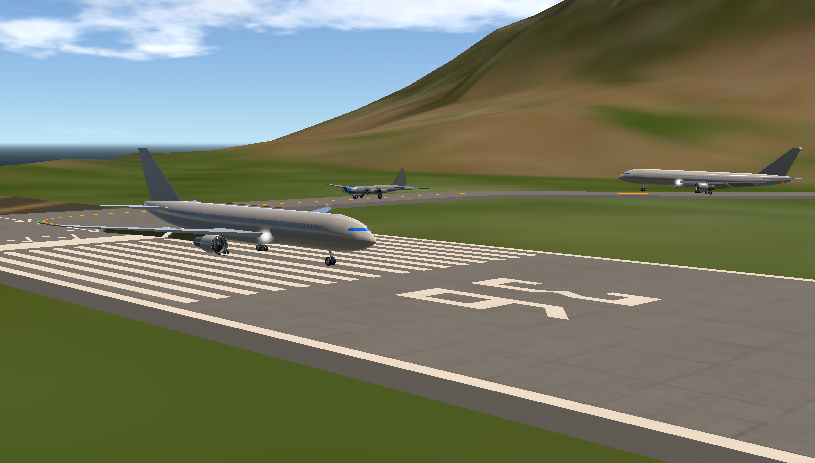
SPAWN confirmed by me
Specifications
General Characteristics
- Created On Android
- Wingspan 156.4ft (47.7m)
- Length 152.9ft (46.6m)
- Height 43.6ft (13.3m)
- Empty Weight 65,145lbs (29,549kg)
- Loaded Weight 135,992lbs (61,685kg)
Performance
- Power/Weight Ratio 0.446
- Wing Loading 32.9lbs/ft2 (160.5kg/m2)
- Wing Area 4,136.0ft2 (384.3m2)
- Drag Points 23986
Parts
- Number of Parts 74
- Control Surfaces 9
- Performance Cost 573

